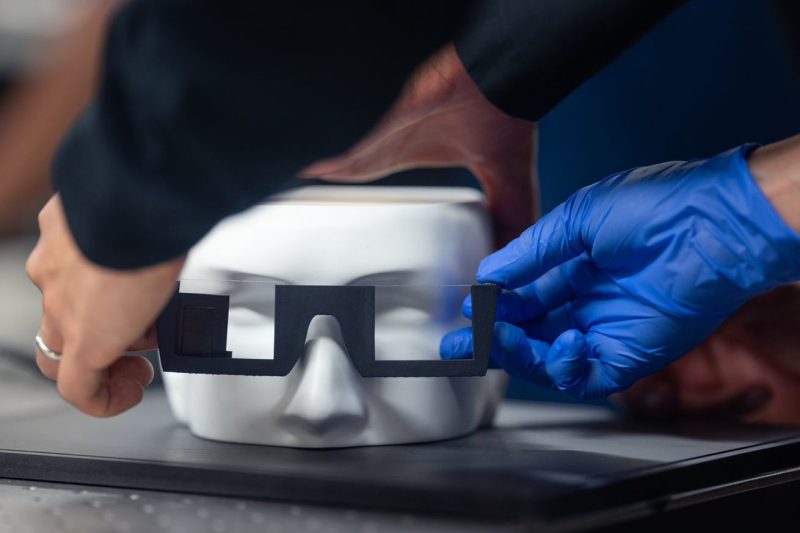Stanford University has long been at the forefront of cutting-edge research, and their latest project involving the development of augmented reality (AR) glasses is no exception. In a collaboration between Stanford’s Computational Imaging Group and Stanford’s Electrical Engineering Department, the team has made significant strides in creating a prototype that could potentially shape the future of AR technology.
The project, aptly named DreamGlass, aims to revolutionize the way people interact with digital information and the physical world around them. The glasses are designed to overlay digital content onto the user’s field of view, enhancing their perception of the environment in real-time. This technology has the potential to transform various industries, from gaming and entertainment to healthcare and education.
One of the key features of DreamGlass is its advanced display system, which provides a high-quality, immersive experience for users. By leveraging cutting-edge optics and imaging techniques, the glasses can seamlessly integrate digital elements into the user’s view without compromising image quality or field of view. This creates a more natural and comfortable experience for the wearer, distinguishing it from earlier AR glasses prototypes.
Moreover, Stanford’s DreamGlass project also focuses on developing innovative interaction methods to enhance user experience. The team has been working on intuitive gesture controls and voice commands that allow users to interact with the digital content displayed by the glasses effortlessly. This hands-free approach not only improves usability but also opens up new possibilities for AR applications in various fields.
Beyond its technical advancements, the DreamGlass project at Stanford also prioritizes user comfort and aesthetics. The team has put significant effort into designing lightweight and ergonomic glasses that users can wear for extended periods without discomfort. This focus on user experience and design sets DreamGlass apart from previous AR glasses prototypes, which often fell short in terms of both comfort and style.
Looking ahead, the potential applications of Stanford’s DreamGlass technology are vast and varied. In the gaming industry, these AR glasses could create immersive experiences that blur the lines between physical and virtual worlds. Likewise, in healthcare, DreamGlass could revolutionize medical training and patient care by providing doctors with enhanced visualization tools and real-time information overlays.
In conclusion, Stanford University’s DreamGlass project represents a significant step forward in the development of AR glasses technology. With its focus on high-quality display systems, intuitive interaction methods, and user-centric design, DreamGlass has the potential to shape the future of augmented reality and its applications across different industries. The project’s innovative approach and commitment to pushing boundaries make it a promising prototype that could pave the way for a new era of AR experiences.


































